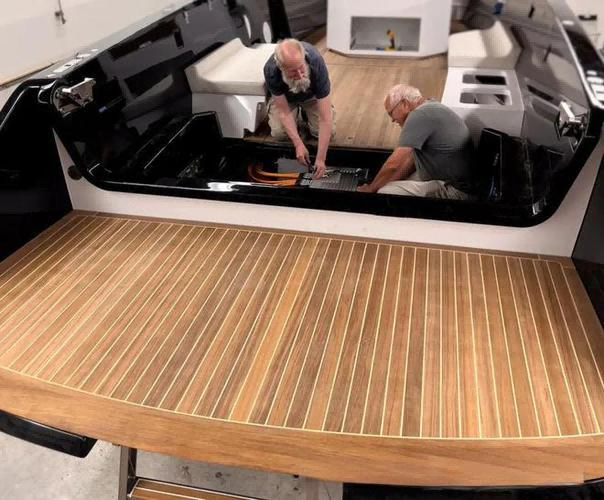
Upgrading your boat's battery is a vital decision that affects everything from navigation to onboard electronics. With various battery types available, it's important to choose one that best fits your needs. Here are six factors to consider before making your purchase:
The battery type plays a key role in your boat's performance and maintenance needs. There are three main types:
- Flooded Lead-Acid (FLA): Traditional and inexpensive, but requires regular maintenance, has a shorter lifespan, and needs more frequent replacements.
- Sealed Lead-Acid (SLA): These batteries are low-maintenance and last longer than FLA batteries, though they are less efficient and have a shorter lifespan than lithium batteries.
- Lifepo4 battery: Offering the best performance, these batteries have a long lifespan (up to 10 times longer than lead-acid types), charge quickly, and are maintenance-free, though they come with a higher initial cost.
Choose a battery type based on your budget, maintenance preferences, and power requirements.
Capacity, measured in amp-hours (Ah) or watt-hours (Wh), determines how long your battery can power your boat's systems. To choose the right size:
- Assess Power Needs: List all electrical devices and their power consumption, then calculate the total amp-hours required.
- Factor in Extra Capacity: It's wise to have extra capacity for unexpected power demands or emergencies.
Choosing the right capacity ensures your battery can handle both regular and unexpected power needs, preventing a situation where you run out of power mid-trip.
Ensure the battery fits your boat's compartment and doesn't exceed weight limits. Measure the space available and compare it with the battery's size and weight. Heavier batteries can affect your boat's performance, so make sure the weight is manageable.
Safety is critical when upgrading your boat's battery. Key considerations include:
- Ventilation: Lead-acid batteries release gases that require proper ventilation. Lithium batteries, such as LiFePo4, are safer and don't emit harmful gases.
- Secure Installation: Ensure the battery is properly secured to prevent damage or movement.
- Use Marine-Grade Components: Use high-quality wires and connectors to avoid electrical issues.
- Proper Handling: Wear protective gear when handling lead-acid batteries and dispose of them at recycling centers.
By following these precautions, you can safely enjoy your new battery.
Marine environments can be harsh, so choose a battery that can handle it:
- Vibration Resistance: Lithium batteries are more resistant to vibrations than lead-acid ones.
- Temperature Tolerance: Choose a battery that can perform in your typical climate conditions.
- Corrosion Resistance: Especially important for lead-acid batteries in saltwater environments.
Durability is essential for ensuring a long-lasting and reliable battery.
Battery costs vary widely, so consider both the short-term and long-term costs:
- Long-Term Value: A more expensive battery may have a longer lifespan and lower maintenance costs, making it more economical in the long run.
- Warranty: Check the warranty period for protection against defects and failures.
Balancing your budget with the battery's lifespan and warranty will help you make the best choice.
Upgrading your boat's battery is an important decision that affects your boating experience. By considering the type, capacity, size, safety, durability, and cost, you can make an informed choice for reliable power on the water.
Next:Understanding Battery Reserve Capacity
Previous:A123 Unveils Ultra-Fast Charging, 860Wh/kg Energy Density & 25kW/kg Power Battery
Contact Person: Miss. Elsa Liu
| WhatsApp : | +8617763274209 |
|---|---|
| Skype : | +8617763274209 |
| WeChat : | 17763274209 |
| Email : | Elsa@lifepo4-battery.com |